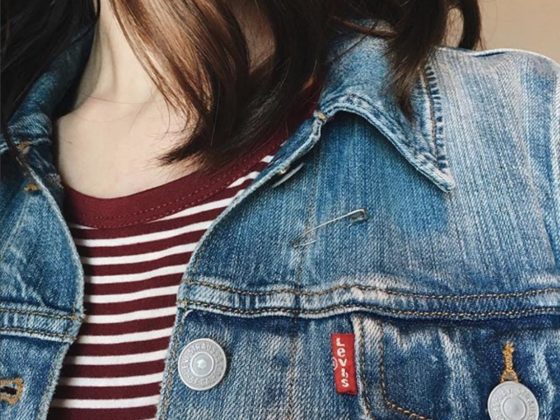The views and opinions expressed in this article are hers and do not necessarily reflect the official position of Matador Network.
Yes, I’m White. Yes, that entitles me to layers of privilege that far too many in America don’t have. No, I’m not a wimpy bleeding heart who thinks that wearing a solidarity safety pin excuses me from engaging in actions that are about to become far riskier than they have ever been in this country. And, yes, I believe there are more than a few solid reasons to wear the pin.
